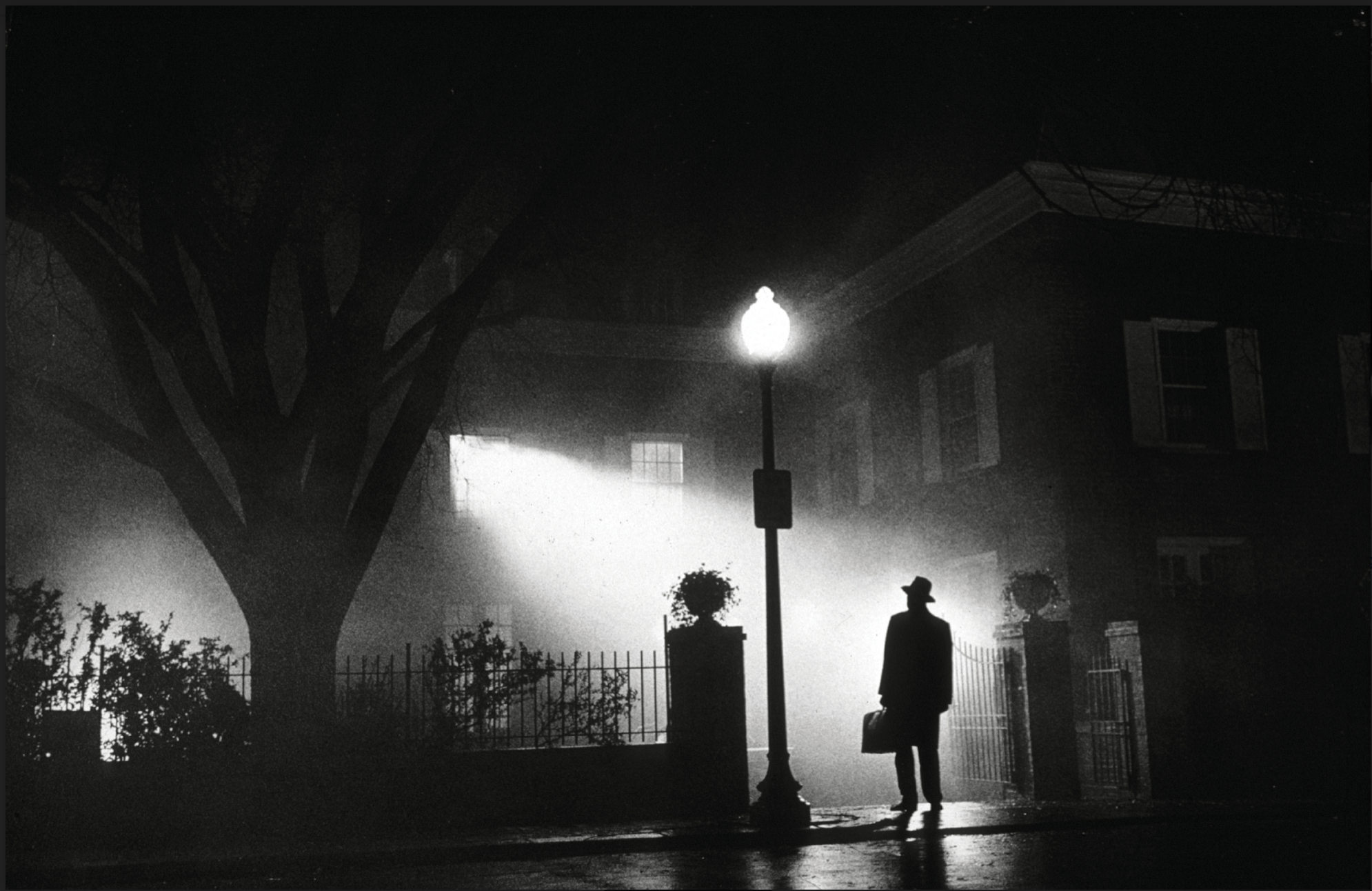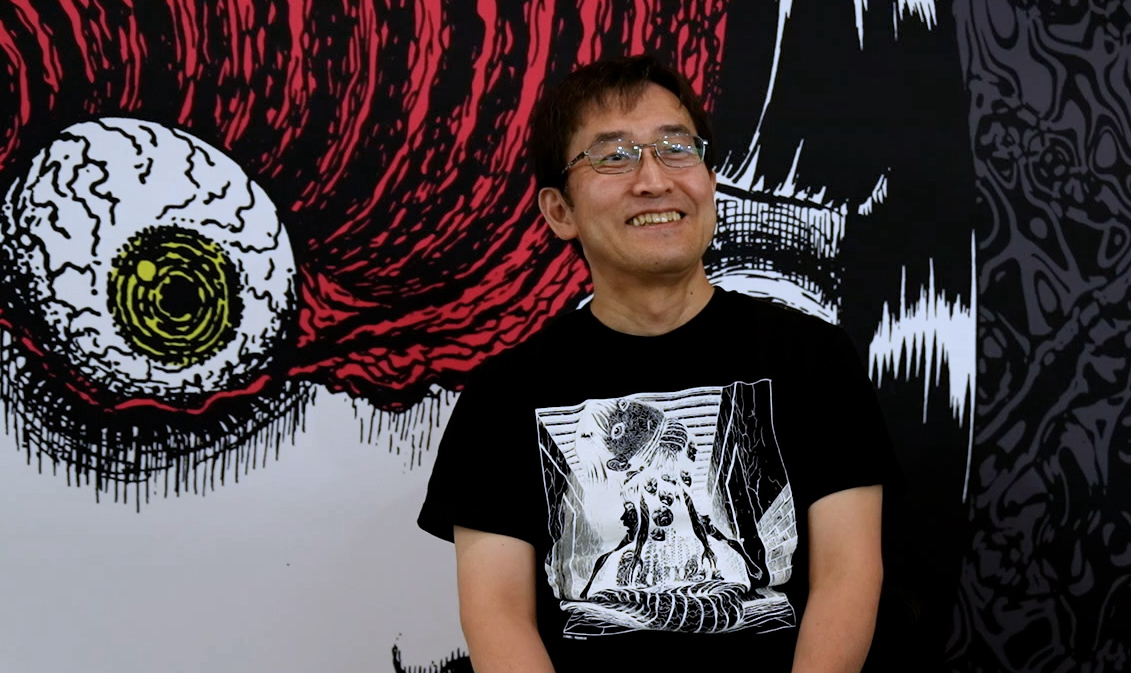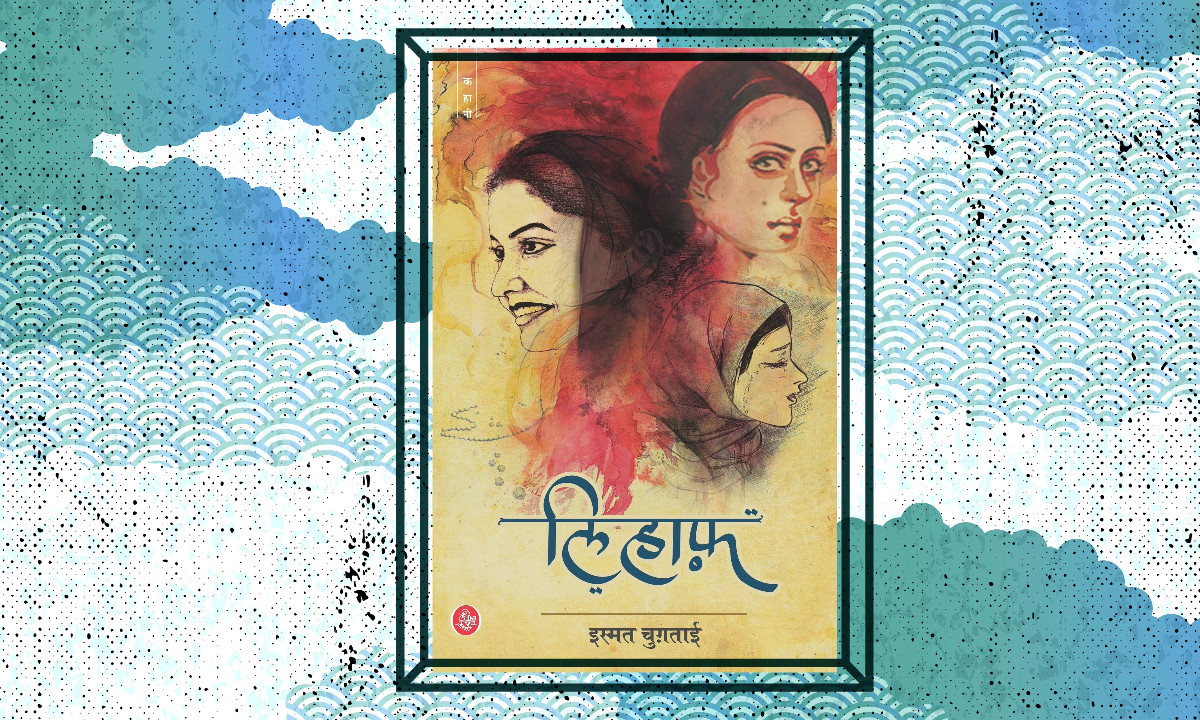For lovers of horror literature, the author has penned down a listicle of 5 must-read horror novels that will promise to tap into the fabric of modern-day anxieties. When it comes to modern horror literature, the genre has been adapted to mirror our current fears and concerns. It’s like a literary chameleon, deftly capturing the…
Author: Tanisha Singh
The Best Works of Junji Ito and Why You Should Read Them
If you haven’t explored the chilling body of Japanese horror, here’s a manga artist, Junji Ito, you should look into first. Learn more below. Junji Ito, the renowned Japanese manga artist, has carved his name into the archives of horror as a modern maestro of the macabre. With his extraordinary ability to weave intricate tales…
6 Controversial Banned Books in World Literature and Why You Should Read Them
Here’s a list of 6 banned books that have borne the brunt of regressive criticism across countries and cultures throughout history. Books won’t stay banned. They won’t burn. Ideas won’t go to jail. – Alfred Whitney Griswold The phenomenon of books being kept away from the reading masses is not new. In the past, the…
In Defense of Non-Fiction: Should Children Read Non-Fiction Books?
In this think piece, the author makes a case for why children should read non-fiction books for casual reading just as much as fiction and leaves some recommendations for young readers. The prospect of reading non-fiction induces lethargy and boredom in adults and children alike, especially infamous for being daunting and lacking the kind of…
The Symphony of Worlds, Words and Visuals: 7 Must-Read Graphic Novels from India
To know more about the graphic novel genre in India and how they tackle some of the most important socio-cultural and political phenomena, here is a list of 7 graphic novels from India that you must pick up. The popularity of graphic novels has been in and out of the shadows ever since the very…
The Politics of Sexual Repression and Sexual Violence in Lihaaf (The Quilt) by Ismat Chughtai
Lihaaf (Ismat Chughtai) bears queer connotations, and this essay shall look into the politics of repression and violence that it seeks to question and explore. Lihaaf (Ismat Chughtai) entered the circle of Indian literature in 1942 when it was published in a literary magazine in Lahore called Adab-i-Latif. The story has earned a reputation for its forwardness…






